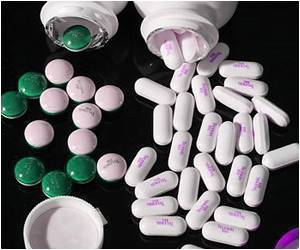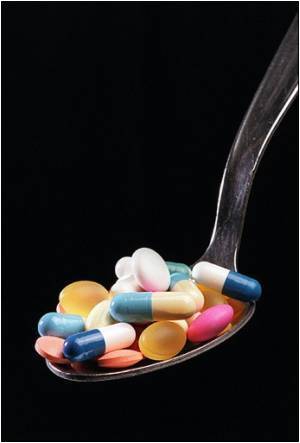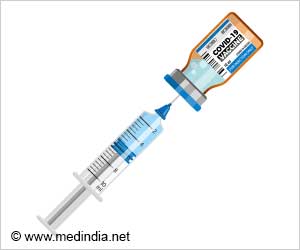New Epilepsy drugs can be discovered from two main γ-lactams produced by the Red Sea fungus.

TOP INSIGHT
Aspergillus fumigatus, a red sea fungus produces two γ-lactams which can reduce the number and length of seizures in the treatment of epilepsy.
Current treatments work in only about 70 percent of those who try them. To identify some new options, Marcel Jaspars, Peter A. M. de Witte and colleagues teamed up in an international collaboration called the EU PharmSea project that aimed to discover novel compounds from marine microorganisms in some of the deepest, coldest and hottest places on Earth.
According to the researchers, this study was the first-ever systematic large-scale screen of marine-derived natural products for potential anti-seizure drugs. Initial tests of a variety of these compounds revealed that two γ-lactams produced by the Red Sea fungus Aspergillus fumigatus reduced the number and length of seizures in zebrafish, a model organism they used for high-volume screening of compounds.
The researchers then showed that these natural substances, known as pseurotin A2 and azaspirofuran A, also shortened seizures in a mouse model of epilepsy. The scientists recommend further investigation of these metabolites to explore their biomolecular targets and to design more potent analogs.
Source-Eurekalert
 MEDINDIA
MEDINDIA




 Email
Email










